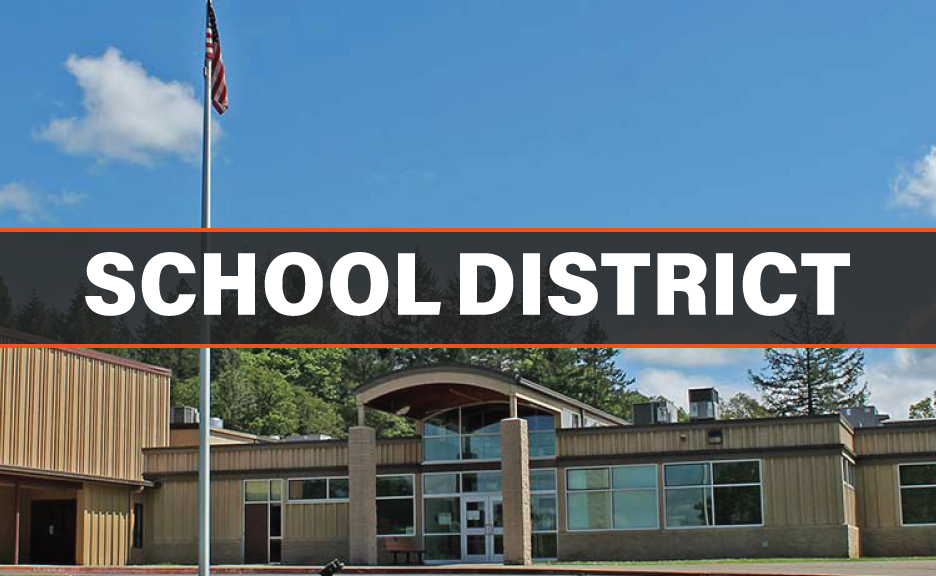By Sean C. Morgan
Lebanon Local
Lebanon Community Schools will trade eight school days this year for eight days next school year by furloughing staff during the remainder of this school year, when the district may face a large budget shortfall.
While they are furloughed, district employees, who are working with students right now through distance learning, will access the Oregon Work Share program to receive unemployment benefits. They also will qualify for the additional $600 in federal funds each week meant to bolster incomes for people on unemployment.
Some of the employees will receive more cash than they normally receive as a result of the decision, said Board Chairman Tom Oliver, although the district will not make its full contribution to their retirements during the furlough days.
The School Board approved the plan Thursday, May 14, during its regular meeting.
As part of the plan, the board moved to use a built-in snow day to make up for the closure on March 13, prior to Gov. Kate Brown’s order to close school buildings. That day will offset one of the eight pending furlough days.
“We feel it’s the most responsible thing for us to do, given the economic situation,” said Supt. Bo Yates.
Finance Director William Lewis told the board the furlough days will save the district $1.25 million in this year’s budget. The School District also has saved money on supplies, utilities, fuel and other expenses since closing buildings.
Statewide school districts are looking at a combined budget shortfall of $2 billion to $3 billion, Yates said. However, the state has emergency reserves it may use and other possibilities to help fill the budget gap.
With that, districts are receiving advice to budget at the statewide funding level of $9 billion, Yates said. That doesn’t include Measure 98 or Student Success Act funds, which are derived from the new Corporate Activities Tax.
“It’s not great news,” Oliver said, and there are still some conversations about whether budgeting at $9 billion is the right idea.
The overall shortfall for the 2019-21 biennium may be as high as 17 percent, Yates said, a “staggering” amount as the district is budgeting for the second year of the biennium.
Combining all sources of potential revenue, SSA funds, emergency funds and federal funds, he is hoping the state funding level will reach the $9 billion mark.
As the district faces the shortfall, “we need to make sure whatever reductions we make are well thought-out,” Yates said. The district must be as proactive as it can to raise the district’s ending fund balances for the current fiscal year, which ends June 30, to create larger beginning fund balances for next fiscal year, which begins July 1.
Yates is essentially hoping that furlough days this year “turn into face-to-face days next year,” he said, noting that face-to-face is better than distance learning.
He said that Fridays have been focused on professional development; and with the snow day swap, it will be a net loss of three instructional days this year.
“I don’t see how we could not do this,” Oliver said. It means more than $1 million for next year’s budget.
Assistant Supt. Jennifer Meckley said that about 50 employees, which includes employees who work less than .75 full-time equivalent, will not be eligible for the Work Share program, and they will continue to work through the furlough days.
Meckley said the district will send out dates and information to staff and families after unions ratify the plan, possibly by Monday.
Present at the virtual meeting were board members Tammy Schilling, Richard Borden, Oliver and Mike Martin.
Coming up, the district Budget Committee will meet by video conference at 5 p.m. on June 4 to review the proposed 2020-20 budget, with a second meeting set for 5 p.m. on June 11. The board will hold a public hearing and vote whether to adopt budget during a meeting at 6 p.m. on June 25.





